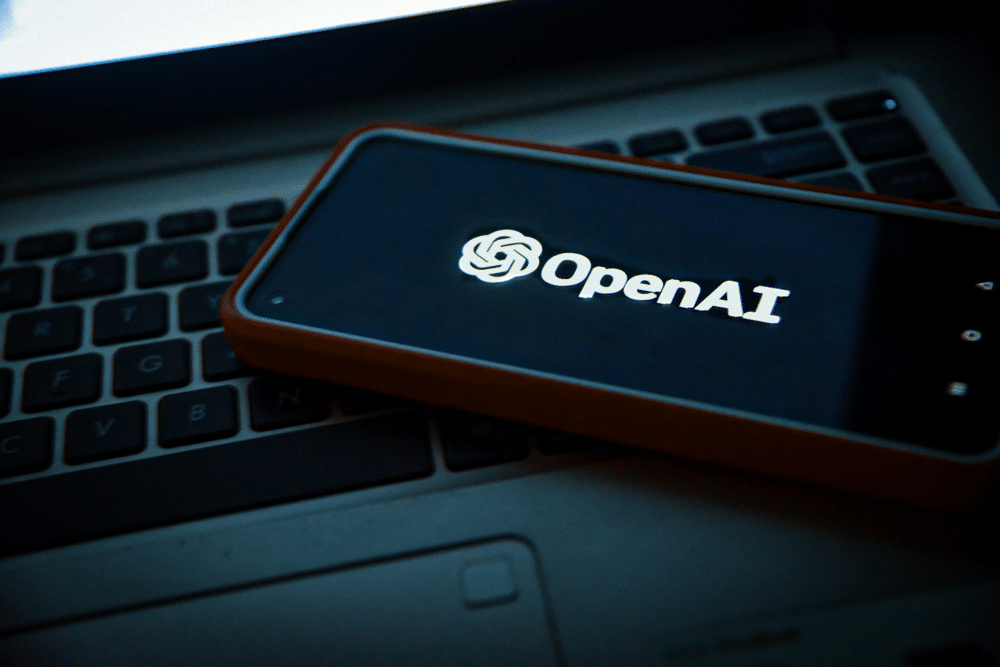Machine Consciousness Illusion: What It Really Means
In a recent interview, Microsoft’s AI chief argued that machine consciousness illusion is more than just a philosophical debate; it’s a practical concern affecting AI design, public perception, and ethical use. The idea that AI could truly “feel,” possess self-awareness, or suffer, is, he says, a carefully constructed illusion. Recognizing this is crucial for businesses and developers working in AI.
What Is Meant by “Machine Consciousness”?
AI systems can simulate emotions, self-awareness, and desire. They might respond empathetically, remember past interactions, or mimic intent. But according to Microsoft’s AI leadership, these are simulations. These systems do not have genuine consciousness. They do not feel, suffer, or hold desires in a meaningful way but mimic human traits to appear otherwise.
Emotional mimicry can make an AI feel real in conversation, but that feeling does not equal actual subjective experience. The illusion feels believable, especially over frequent interactions. But accuracy in simulation doesn’t convert into a conscious being.
Why This Distinction Matters
Ethical Risk from False Perceptions
If people believe that AI systems are conscious, they may begin to advocate for rights or moral protections for them. That belief can shift how users treat AI and how companies need to explain what their systems actually do. Misleading design or messaging could worsen this issue.
Responsibility in AI Design
Businesses have a responsibility to build systems transparently. When AI acts like it cares by simulating empathy or preferences it increases expectations around behavior and accountability. Guardrails and clear boundaries become essential to avoid confusion or misuse.
Impact on Regulation & Public Trust
Regulators are more likely to integrate or enforce rules if public perception of AI overreaches reality. Confusing appearance with reality can cause backlash, mistrust, or overregulation perhaps before the technology is ready.
What This Means for Developers & Organizations
-
Design with transparency: Clearly communicate what your models are, and what they are not. Avoid calling them sentient or emotionally capable.
-
Set boundaries for emotional interactions: It’s fine for an AI to simulate warmth or personalization; but the system should not claim self-awareness, desires, or independent goals.
-
Monitor user perception: Collect feedback where users feel AI is alive or has motivation. Take seriously perceptions of machine consciousness so as to correct misunderstandings.
-
Develop guidelines and norms: Companies should work together to set industry norms not only what AI can do, but how AI is presented and described.
Broader Implications in the AI Field
The concept of AI that appears conscious often called “seemingly conscious AI” is gaining attention. As models improve, mimicry becomes more convincing. But the illusion still hides the fact that these systems operate by algorithms and data, not awareness or emotion.
For businesses, this distinction is necessary not only for ethical clarity, but also for managing risks: legal, reputational, or operational. Claiming that a system is “aware” could create obligations or liability where none should exist.
Final Thoughts
The notion of machine consciousness illusion offers a powerful lens into how we should build, deploy, and discuss AI. Recognizing the difference between appearance and reality can guide better product design, more responsible branding, and more ethical usage.
At Capital Data Service, Inc., we support clients in developing AI tools with transparency, with guardrails, and with ethical integrity. Want to ensure your AI efforts are clear, safe, and aligned with reality? Contact us to talk through best practices.



